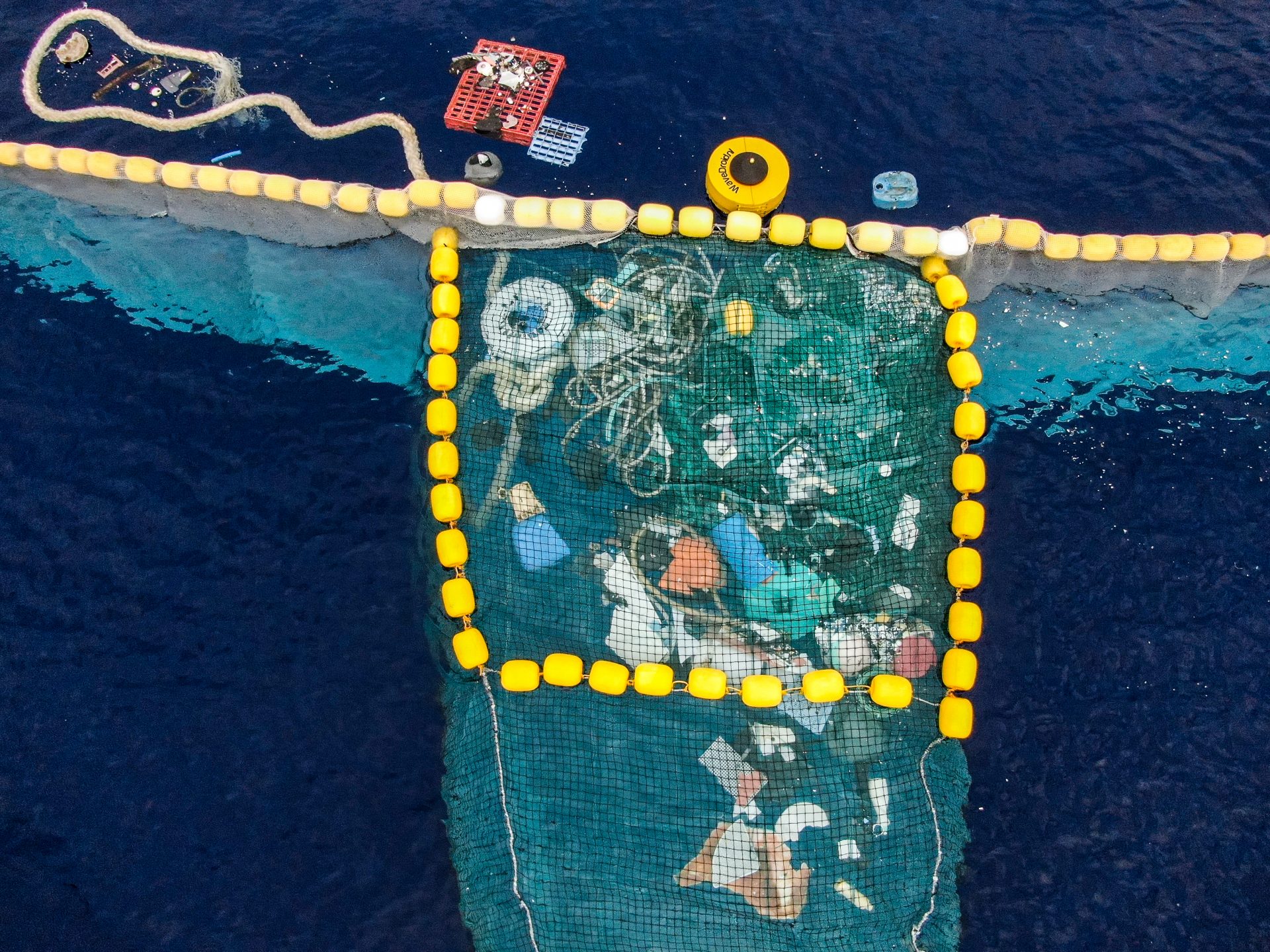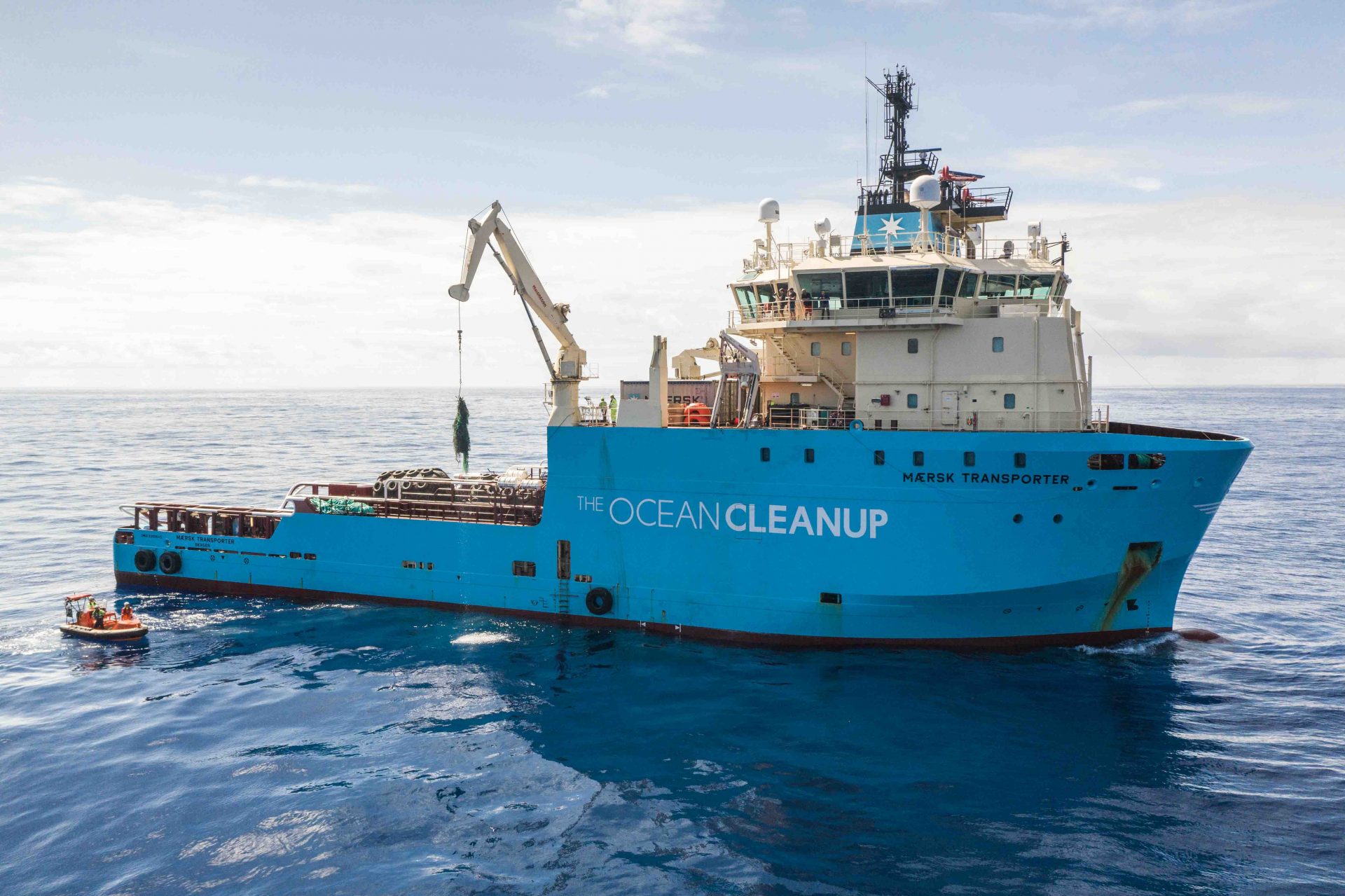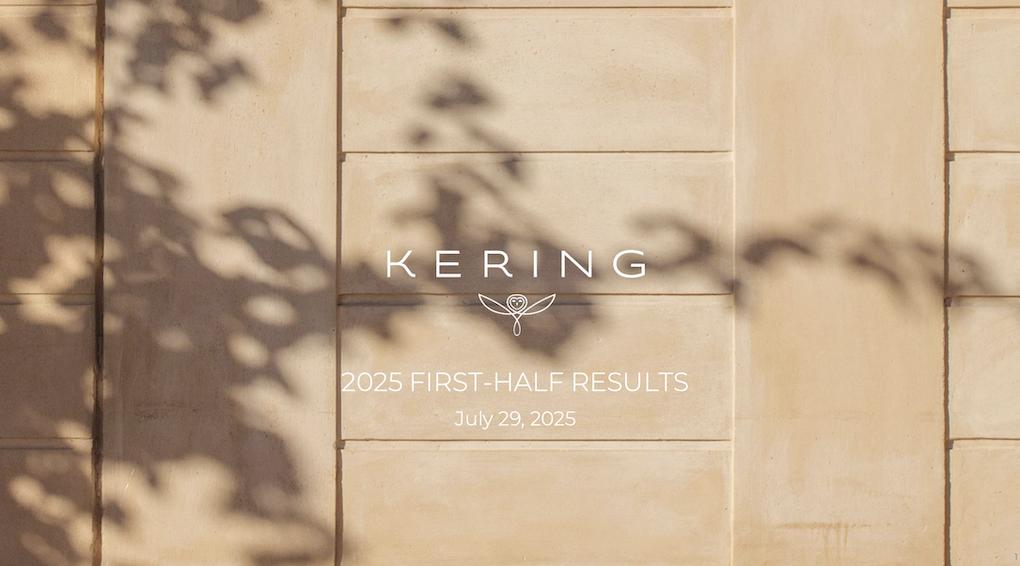Eyewear house Safilo Group today unveiled the first eyewear product from recycled plastic especially made for The Ocean Cleanup, a renowned Dutch non-profit environmental organisation that develops advanced technologies to extract plastic pollution from the oceans.
The Ocean Cleanup sunglasses are made with injected plastic deriving from the Great Pacific Garbage Patch (GPGP). Product embraces an innovative upcycling process able to include types of plastic that have traditionally been more difficult to recycle, turning them into a high-quality and safe material.
Each pair of sunglasses. available in limited editions, will carry a unique QR code that directly connects the user to background information about the product, the project and the specific place from where the marine plastic pollution was removed.

Each pair of sunglasses is estimated to enable cleaning an equivalent of 24 football fields worth of the GPGP. When every pair from the first batch is claimed, that will equate to approximately 500,000 football fields of clean-up in the GPGP. The sunglasses will be available exclusively on The Ocean Cleanup website, and 100% of the proceeds will go to the continuation of the clean-up mission.
“I am very proud of this new project which we have developed in conjunction with The Ocean Cleanup,” commented Safilo Group CEO Angelo Trocchia. “More than a year ago, Boyan [The Ocean Cleanup Founder and CEO Boyan Slat] called us and explained the project he had in mind, and we felt honoured to be part of this mission to give a second life to the plastic collected from the ocean.

“Our design team worked hard to combine our long history of eyewear manufacturing with material innovations to ensure the high-quality, stylistic content and uniqueness of this final product. Our investment in using recycled materials is aligned with our continued efforts towards promoting a responsible business and is part of Safilo’s commitment to People, Product and Planet.”
“We are happy to have joined forces with Safilo, one of the top global eyewear companies, for the creation of our first product made from the trash we collected in the Great Pacific Garbage Patch,” said Slat. “It’s important that we team up with reliable brands, so I’m happy to see them added as another reputable name on our list of most valued partners.
“The partnership with Safilo proved crucial in transforming the plastic we removed from the ocean into useful, durable products: these beautiful sunglasses. The proceeds from this product will help fund our mission, and we hope they serve as another way to increase global awareness of the urgent need to remove plastic from our aquatic ecosystems.”
About The Ocean Cleanup
The Ocean Cleanup develops advanced technologies to rid the world’s oceans of plastic.
Founded in 2013 by Boyan Slat, The Ocean Cleanup now employs approximately 95 engineers and researchers. The foundation is headquartered in Rotterdam, the Netherlands. Instead of going after plastic debris with vessels and nets – which would take many thousands of years and billions of dollars to complete – The Ocean Cleanup plans to deploy a fleet of long floating barriers that act as an artificial coastline, enabling the winds, waves, and currents to passively catch and concentrate the plastic.

Once fully operational, the full fleet of passive collection systems is expected to remove 50% of the Great Pacific Garbage Patch every five years. After years of conducting reconnaissance expeditions, scale model tests, and the deployment of prototypes on the North Sea, the first ocean cleanup systems were deployed into the Great Pacific Garbage Patch in 2018 and 2019.
Once proof of technology is achieved, The Ocean Cleanup can commence full-scale cleanup and begin removing vast amounts of ocean plastic that have been accumulating in the ocean for decades.
In October 2020, The Ocean Cleanup, in close cooperation with partners in the value chain, for the first time went ‘full circle’ and presented its first product, made from the Great Pacific Garbage Patch, with 100% of the proceeds going to the continuation of the cleanup. Complementary to its approach to solving the legacy problem of plastic in the ocean garbage patches, the organisation developed the Interceptor technology to help prevent plastic garbage from entering the oceans.









